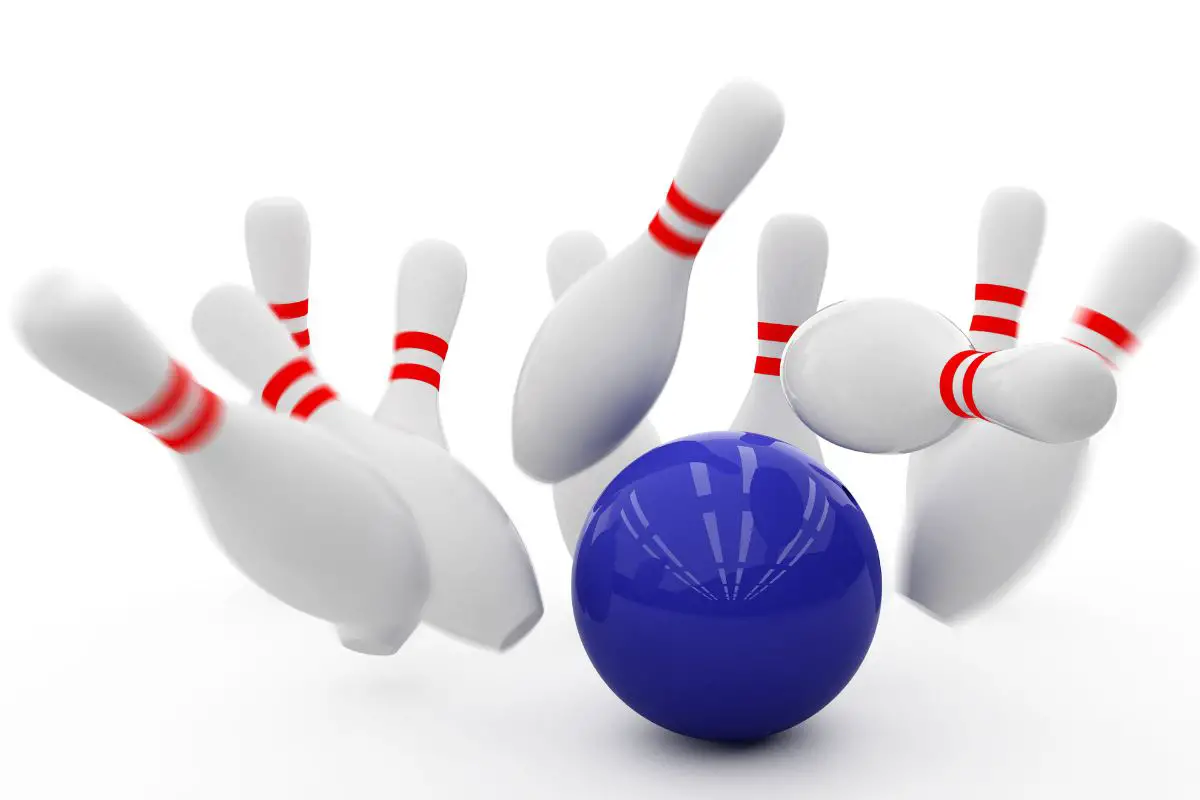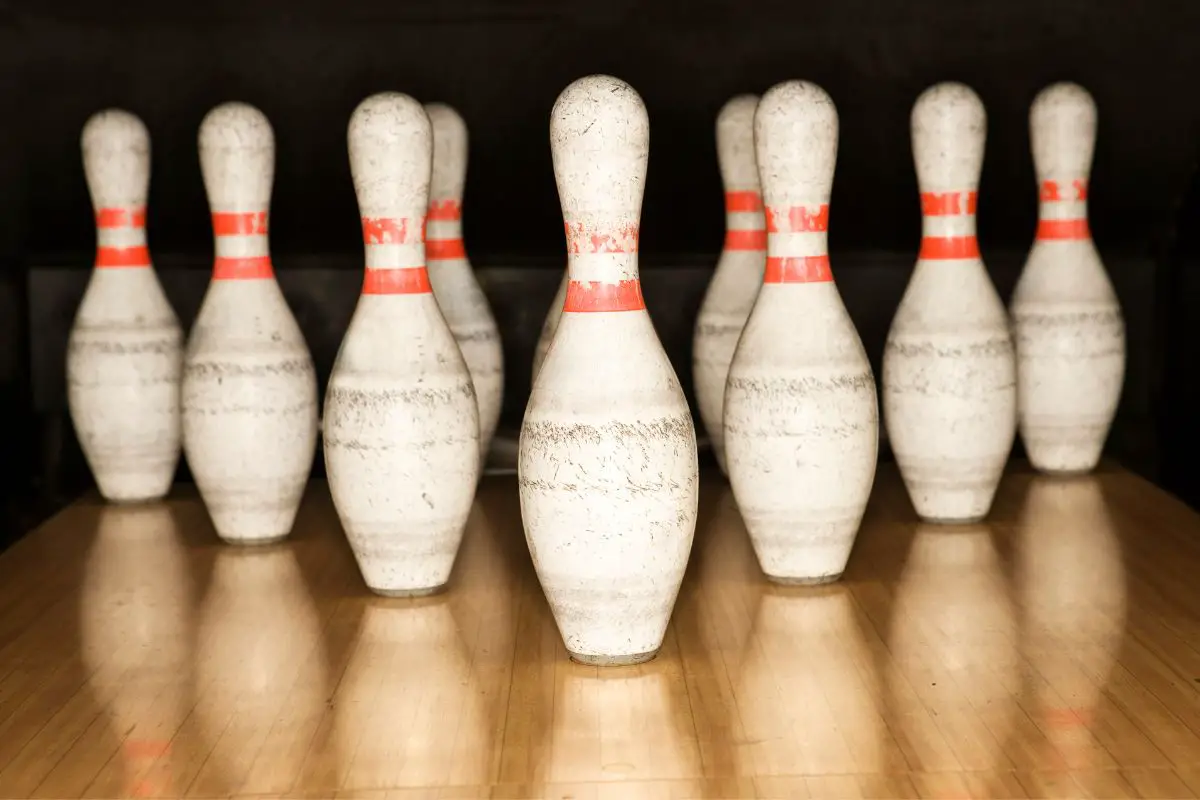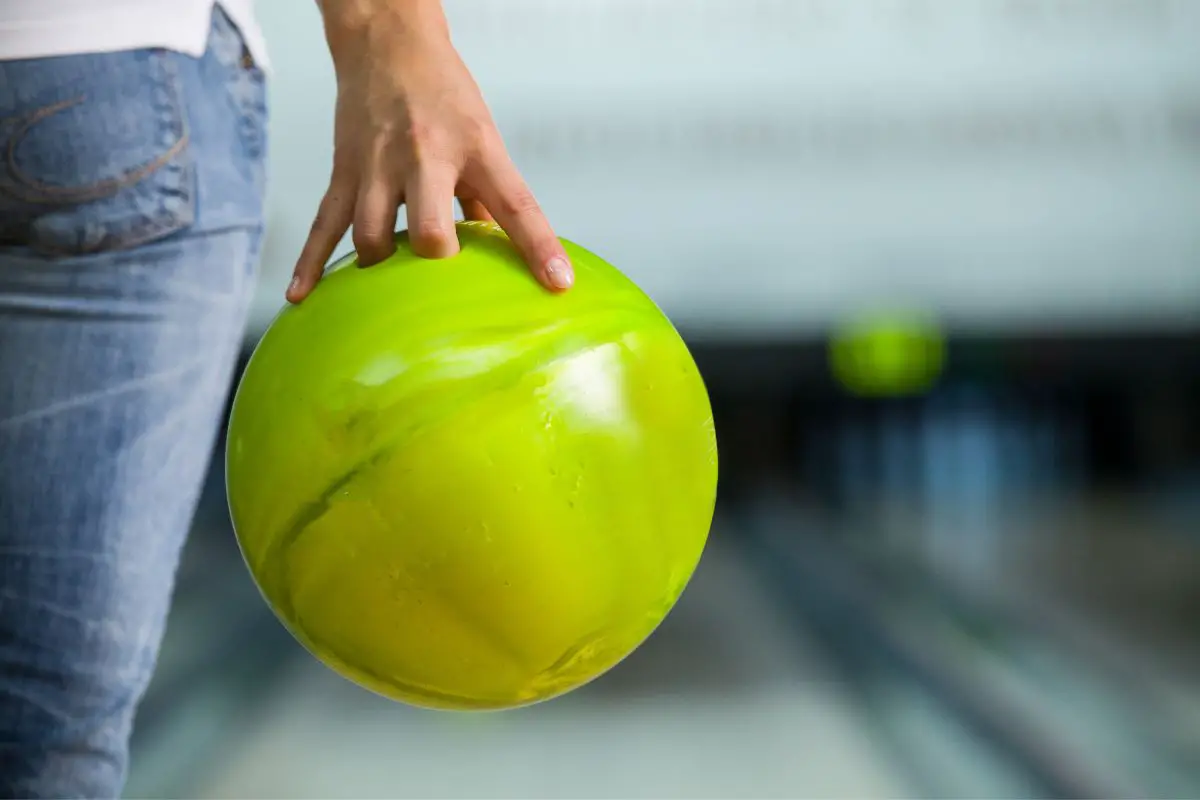Bowling pins can be arranged in various ways depending on where you’re bowling and the type of game you are playing.
For example, while they are always set up in a triangle-style position in ten-pin bowling, for five-pin games, they are set up in more of a V shape to fit the style of the play.
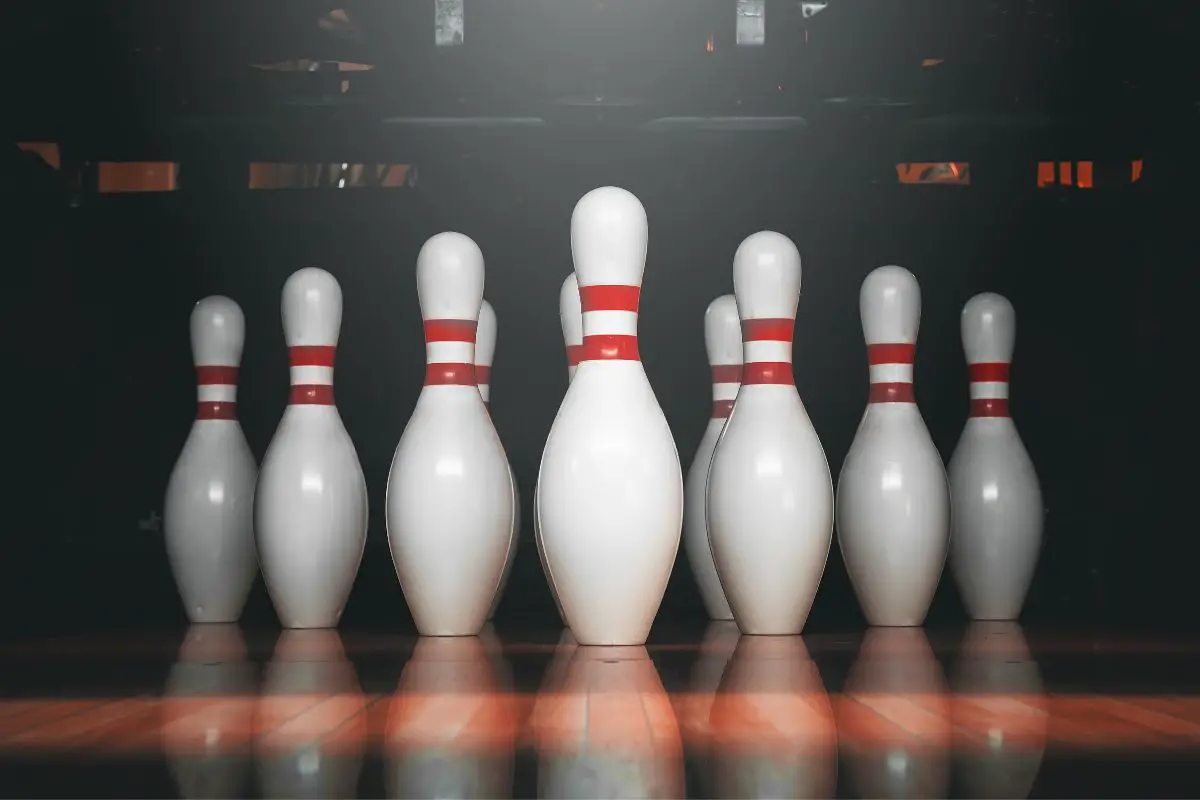
While their positioning can change quite a bit, one thing that stays the same in most games is the pins being numbered.
There is an excellent reason for pins being numbered; in some games, it can make a huge difference or make the game more competitive.
Here are all the main facts regarding pin numbers, including why they need to be numbered and what it means for certain games of bowling.
Why Are Pins Numbered?
There is a straightforward answer to this question: it makes organizing the pins far more convenient.
In a regular ten-pin game of bowling, each pin is given a number from 1 to 10 to signify where it is in the triangular formation.
This is not usually as much of a factor for bowlers who play casually. However, many experienced bowlers in a bowling center or at a tournament will commonly refer to each pin by their number to clearly explain where each one is and what they are aiming for.
Learning the number of each can be a great way to expand both your bowling knowledge and experience. It can allow you to identify how many pins there are that might be harder to see and what particular pins you should be aiming for to knock down the most with one throw.
Number Layout
In a regular game of ten-pin bowling, at the very front of the triangle and standing alone is pin number 1, also known as the ‘Headpin.’
This is often the pin many bowlers will aim for when trying to hit a strike with a straight shot since it can bowl over into the pins behind it and send them flying too to rack up a good score.
In the second row and behind the headpin are pins 2 and 3; these are often placed five boards apart from the headpin, with pin 2 being on the 25 board and pin 3 being on the 15 board.
The third row is then composed of pins 4, 5, and 6 on the 30, 20, and 10 boards, respectively. Pin 5 is often called the ‘sleeper pin’ because it is hidden behind the headpin and can be pretty hard to spot.
The final back row is composed of pins 7, 8, 9, and 10, with 7 being on the far left and 10 to the far right.
The spacing of each pin is required to be 12 inches, spreading across the triangular shape; this even spacing can ensure that a perfect hit knocks down the bowling pins easily.
Numbers In Nine-Pin Bowling
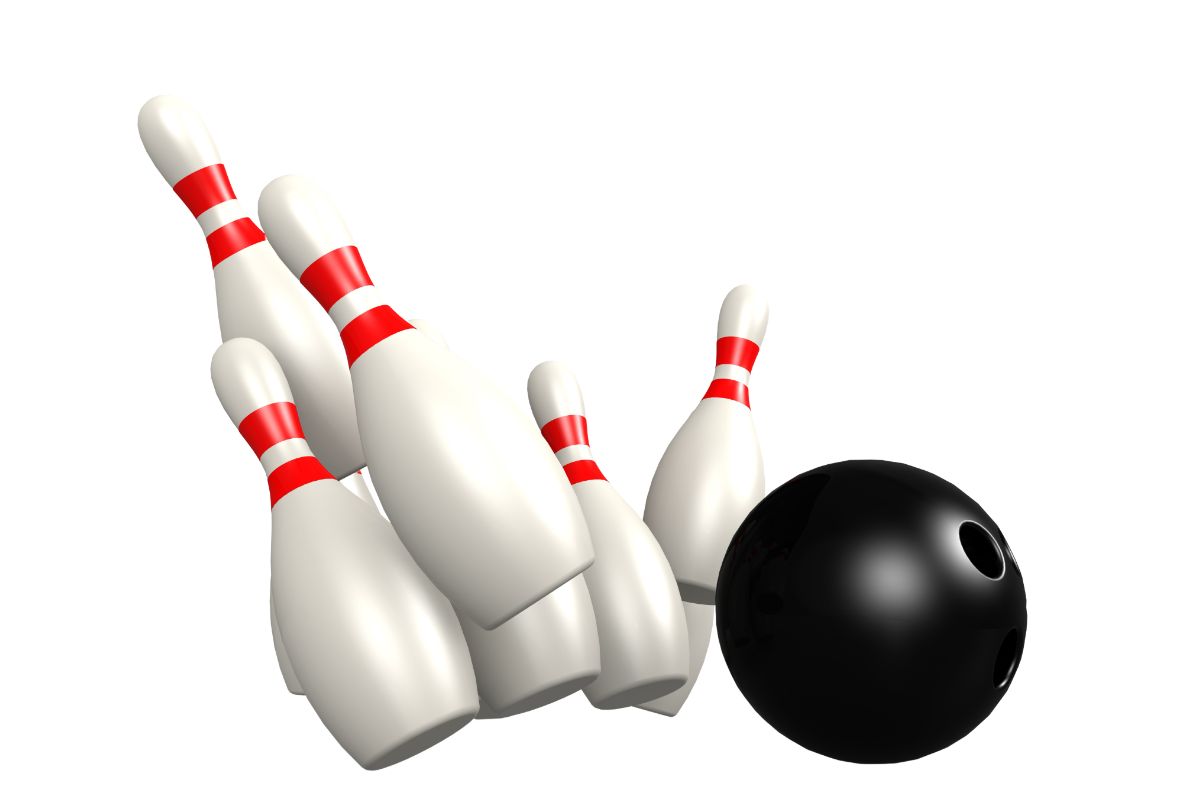
The numbers on pins matter much more in nine-pin bowling because the game is played with a ‘red’ pin in the middle, earning you more points if you avoid it while hitting the others.
Pins are set up in a diamond formation for nine-pin bowling, with pin number 9 being the ‘kingpin’ right in the center of all the other pins. This is the ‘red’ pin and significantly affects scoring, depending on whether you hit it or not.
For the other pins, number 1 is placed right at the front, with 2 and 3 behind it.
The middle row is then composed of numbers 4 to the left, 5 to the right, and the red 9 pin squeezed in between them. Just behind this row will be pin numbers 6 and 7; in the final row is number 8.
While the width of the pins is the same for nine and ten-pin bowling, nine pins are a lot longer and can often be positioned a bit further away from each other to adjust to the game and its specific rules.
Despite once being incredibly popular and having a vast and fascinating history, nine-pin bowling has unfortunately witnessed an extreme decline in popularity due to being banned in some areas. However, you can still find centers and alleys allowing it to be played, such as in many parts of Texas.
Why Is It Useful To Know Pin Numbers?
Learning the numbers on pins is incredibly easy; remember that the headpin at the front is number 1, and then the numbers go up from left to right for each row until they reach 10.
While this may seem simple, it is an effortless way to improve your game since sometimes, when we are playing, and the pins are a little huddled together, it can be hard to notice or see how many pins are still standing.
Knowing which numbers have already been knocked out can give you an idea of which are still standing that might be a little more out of view and more challenging to hit.
Suppose you are in a more competitive setting, such as a tournament. In that case, knowing pin numbers is even more critical since announcers and coaches will often refer to each pin by their number, so it can be a good idea to keep the numbers in mind so that you know what precisely they are referring to.
Sometimes, the number of pins can even show up on scoreboards during a tournament to refer to what pins are knocked down by a player on each frame, so it can be crucial to know if you are looking to prove your skills in a fiercely competitive setting.
Summary
Bowling pin numbers are straightforward to remember once you know the general layout. However, they can affect a game quite a bit, depending on how you’re playing.
While it can be good for just keeping track of your pins in ten-pin bowling, it can be much more critical in nine-pin bowling, where the positioning of each pin matters far more and can heavily affect your end score depending on how you throw.
Therefore, it’s never a bad idea to refer to pins by their numbers to keep a clear picture of the ones left standing and show your friends how much your bowling experience has expanded.
- A Comprehensive Guide to the Top Bowling Movies of All Time - December 23, 2023
- Bowling Shoes Selection Guide: How to Choose the Right Fit - September 27, 2023
- Bowling Ball Buying Guide: How to Choose the Right Ball for You - September 23, 2023



